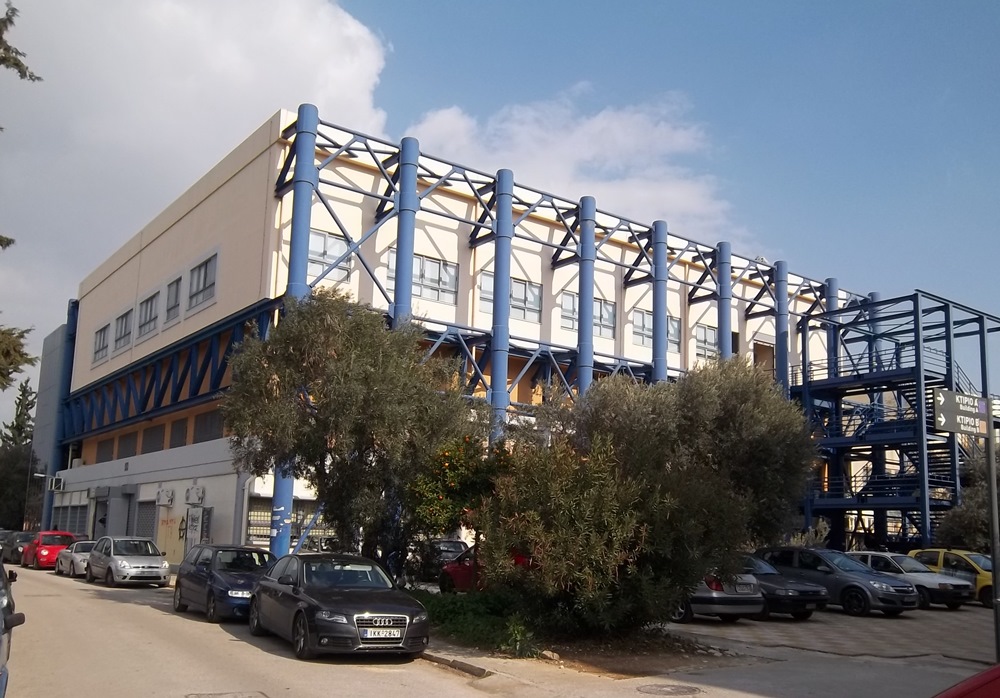Intelligent monitoring, processing and earthquake alert systems.
A smart earthquake alarm system is a system that uses low-cost microelectromechanical systems (MEMS) sensors to detect and analyse earthquake seismic waves.
The basic types of seismic waves are: P (primary or pressure) longitudinal waves, and S (secondary) transverse waves. The S waves and the surface waves that follow cause the most structural damage because of their longer wavelength.
Early warning systems exploit the highest speed of P waves (Vp ~ 1.7 * Vs) and installed near the potential epicentre (regional) or on the site of protection (on-site) detect earthquakes and issue warnings.
As part of the research various low-cost systems, already in service or research application in other countries, will be evaluated.
Data from the NOA-GI networks will be used for trial development, implementation and evaluation of the methods used in other countries, and an attempt to apply them in the Greek area.
Modifications to signal analysis methods and algorithms, and calculation of earthquake characteristics will also be sought, in order to improve the systems e.g. in the P waves detection speed, or e.g. in reducing false positive detections.
Systems that meet the research requirements will be initially tested in a laboratory environment. Their performance in terms of speed and accuracy of warnings as well as their connectivity with known seismic monitoring software (eg SeisComp3) will be evaluated. Appropriate plugins will be developed to connect them to the existing EAA-GI network.
A number of low-cost sensors will be installed in Patras and will be put into trial operation. NOA-GI has already accelerometers installed in the area, that will be used as reference sensors during testing operation.
For faster and more efficient flow and display of information to interested parties, a medium will be developed to produce and distribute them in almost real time.
Finally, a product of the research will be the distribution of a Shake Map, of the calculated local seismic intensity, to emergency response services. This estimate will be taken in relation to the maximum accelerations (recorded or calculated) of the strong seismic ground motion in the observation area, with the observed earthquake intensity logged in the NOA-GI catalogue.





















